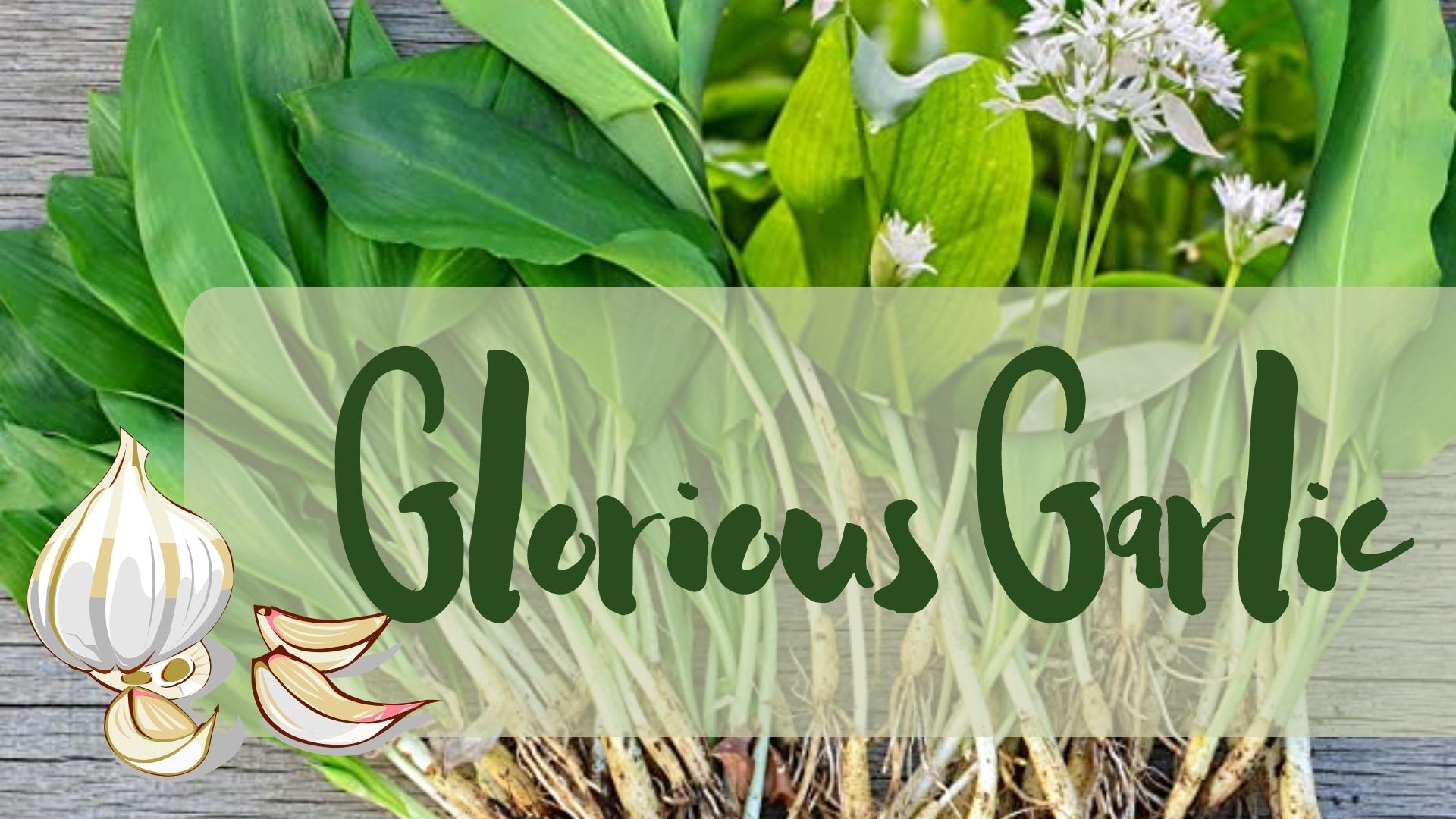Fresh garlic, which contains allicin, has been used for at least 4,000 years as a potent antibiotic, antiviral, antifungal, and antibacterial. Garlic has been shown to naturally repel pests from the garden. You can use this multifunctional vegetable for its bulbs, leaves (from Softneck variety), or scapes (the central stalk in Hardneck varieties), eaten fresh or used in various dishes.
The “neck” in hardneck refers to the stalk that grows upward from the garlic bulb. Hardnecks have a stalk that stems from the center of the bulb and turns rigid at maturity. Softnecks stalks have leaves rather than a central stalk. Softneck leaves remain soft and flexible at maturity. Hardnecks typically have thicker, more brittle skin and larger bulbs with fewer cloves. Softneck garlic, usually seen in the grocery store, tends to be smaller, papery, and more challenging to peel.
Certainly, many home gardeners have been successful planting grocery garlic. However, you might not want to plant grocery store garlic, it may have been sprayed to prevent sprouting, may blight your other plants with microscopic parasites or pathogens, or not compatible with your growing zone. You may be safer buying garlic seed bulbs for planting. Fall garlic planting bulbs are ready to ship in early September, so this is the time to place your order.
Before Planting: Iin most cases should be planted right before your first frost date in the fall. For most of Maryland, in zone 7, garlic should be planted in late September/early November. Prepare garlic for planting by breaking apart all cloves from the garlic. Be careful to leave the outer skin attached. Soak cloves in a jar of water for 2 hours prior to planting. If you have some seaweed fertilizer add some of this to the water, it will help prevent fungal disease.
Planting: Plant garlic in a rich, well-drained soil that is weed-free. Dig a hole 2″ deep and place the soaked garlic clove in hole with the flat end facing down (pointy end up). Cover with soil and add organic fertilizer on top. Space cloves 4-6″ apart in same row and rows 18-24″ apart. For best results cover soil with 6-8″ of straw. In a couple months you will see shoots poking through. During the winter months growth will stop. When spring arrives growth will resume.
Watering: Water every 3 to 5 days during bulb growth.
Fertilizer: Garlic requires adequate nitrogen, so fertilize accordingly. Blood meal is a good source of high-nitrogen fertilizer. Once you begin fertilization, fertilize the garlic every three weeks.
Days to Maturity: Garlic can take up to 210 days to mature.
Harvesting: Stop watering the garlic about 2 weeks before harvesting to help dry and cure the bulbs. The dry conditions signal the plant to move toward dormancy.
Harvest garlic when green leaves have turned yellow or brown and fallen over. Be sure to dig deep and under garlic to not break or cut the garlic itself. Upon harvesting garlic will store best with leaves braided and hung in a dark, cool cellar.
Tips: Garlic repels pests from the garden, so it doesn’t have much trouble with them. But you do need to keep them free of weeds and damage to the bulb or leaves.
Check your favorite seed catalogue for instructions on growing your garlic choice.

